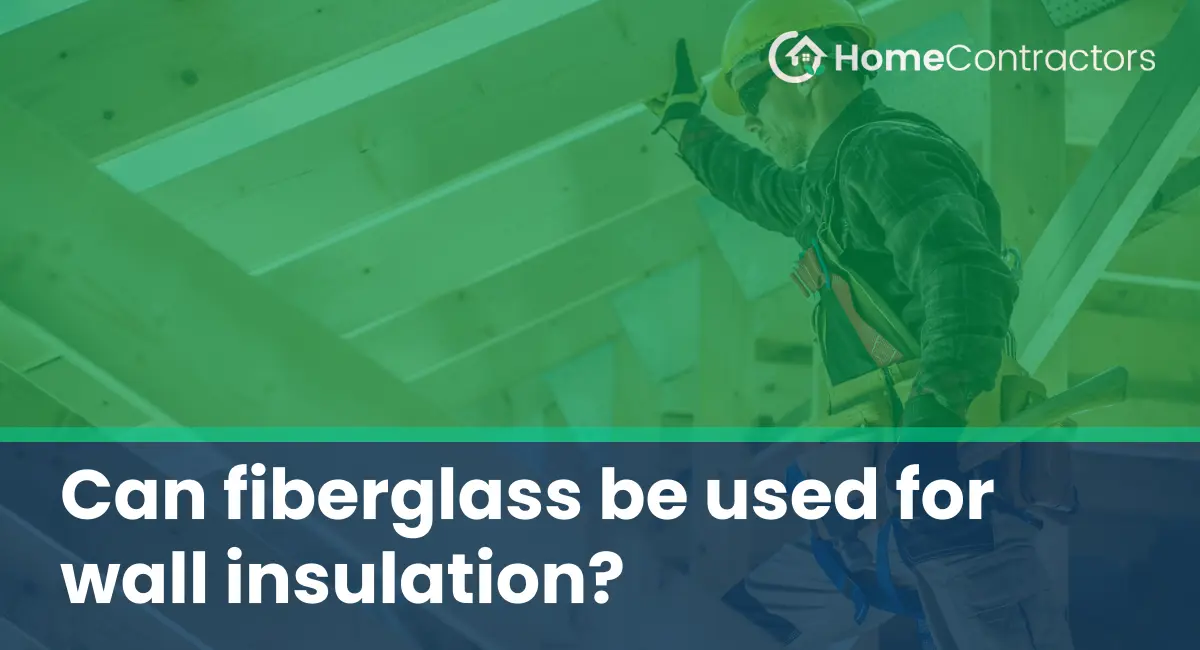When it comes to insulating walls, homeowners and builders have a variety of options to choose from. One popular choice is fiberglass insulation, known for its cost-effectiveness and ease of installation. This article will delve into the use of fiberglass for wall insulation, discussing its benefits, installation process, and potential drawbacks.
Benefits of Fiberglass Insulation
- Effective Thermal Insulation: Fiberglass is an excellent thermal insulator known for its ability to prevent heat transfer. By installing fiberglass insulation in walls, homeowners can significantly reduce heat loss during the winter months and minimize heat gain in the summer, leading to energy savings and increased comfort.
- Soundproofing Capabilities: In addition to thermal insulation, fiberglass also offers soundproofing benefits. The material’s composition and structure help absorb sound waves, making it an excellent choice for homes located in noisy environments or for those who value a quiet living space.
- Affordable: Compared to other insulation materials, such as spray foam or cellulose, fiberglass insulation is relatively low-cost. This affordability makes it an attractive option for individuals on a budget or those looking for a cost-effective solution without compromising on performance.
Installation Process
- Preparation: Before installing fiberglass insulation, it is crucial to prepare the area properly. This includes ensuring the walls are dry and free from moisture, removing any existing insulation, and fixing any cracks or holes that could compromise the insulation’s effectiveness.
- Measuring and Cutting: Fiberglass batts, the most common form of fiberglass insulation, come in pre-cut sizes. However, some customization might be required to fit the specific dimensions of the wall. Carefully measure the space and cut the batts to the appropriate size using a utility knife or insulation cutter.
- Placement: Once the fiberglass batts are cut, they need to be placed between the wall studs. Start from the bottom and work your way up, carefully fitting the batts into place. Ensure that the insulation is snugly placed and properly aligned to prevent any gaps or voids.
- Vapor Barrier Installation: To enhance moisture resistance, it is advisable to install a vapor barrier over the insulation, particularly in areas with high humidity levels. This barrier serves as an additional protective layer, preventing condensation and moisture build-up within the wall cavity.
Drawbacks and Considerations
- Air Leakage: One potential drawback of fiberglass insulation is its susceptibility to air leakage if not properly installed. Even minor gaps or voids in the insulation can compromise its effectiveness. Proper sealing and installation techniques, such as using insulation supports or tape, are essential to prevent air infiltration.
- Potential for Irritation: Fiberglass insulation is made of tiny strands of glass, which can irritate the skin, eyes, and lungs if not handled with care. Before installing fiberglass, it is important to wear protective clothing, gloves, goggles, and a dust mask to minimize the risk of irritation. In cases of severe sensitivity or allergies, alternative insulation materials might be more suitable.
Fiberglass insulation can indeed be used for wall insulation, offering several benefits such as effective thermal insulation, soundproofing capabilities, and affordability. However, it is crucial to follow proper installation techniques to ensure optimal performance and to be aware of potential drawbacks such as air leakage and the risk of irritation. By considering these factors and taking the necessary precautions, homeowners can enjoy the advantages of fiberglass insulation in their walls.
